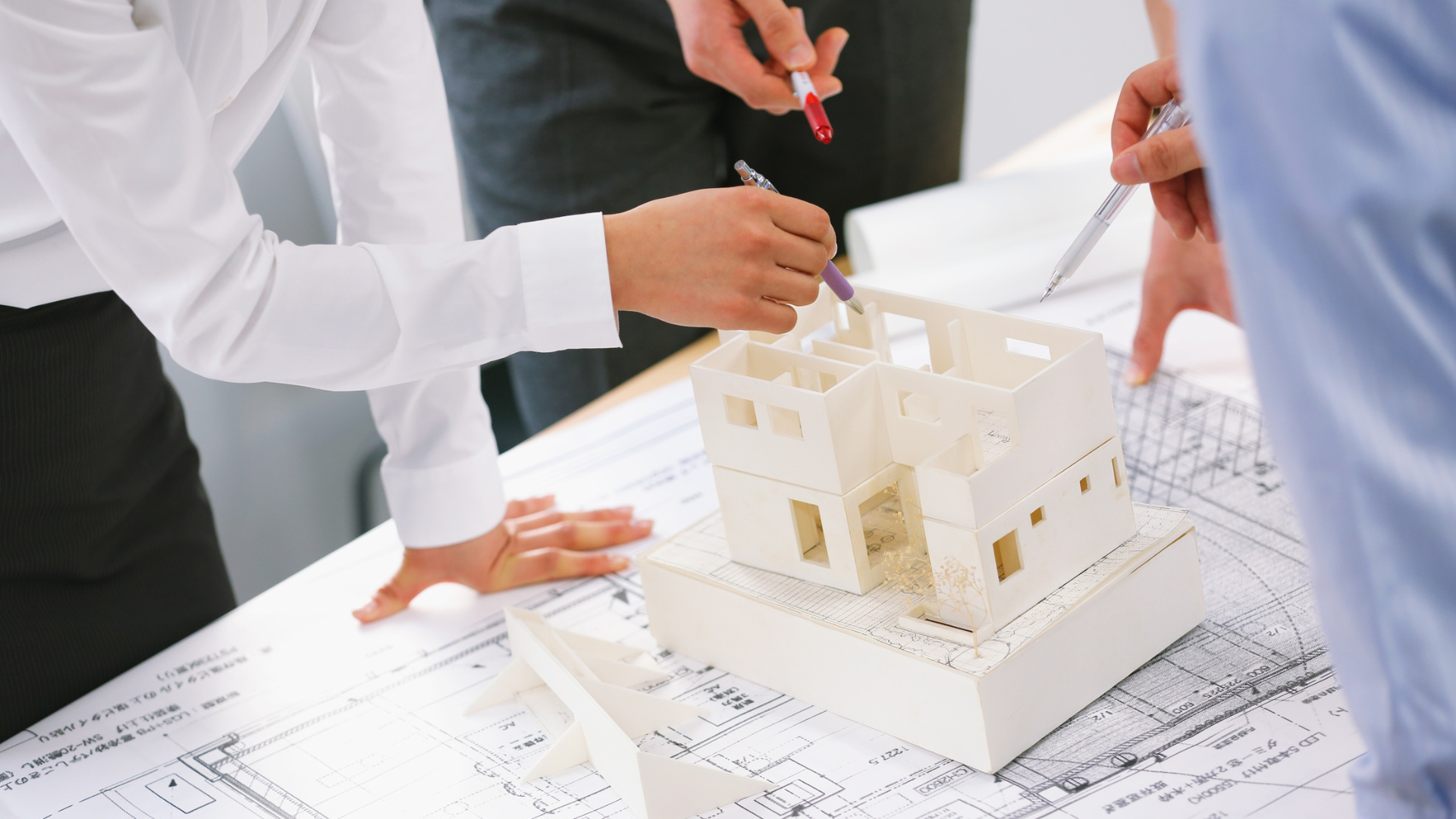When it comes to managing today’s hybrid workplace, one thing is clear: integrated occupancy insights are essential. No single data source tells the full story.
Card swipes, calendar events, booking systems, and sensor feeds each provide a partial view of how people use a space. However, by themselves, they don’t give the complete picture. A booking doesn’t guarantee attendance, and a badge swipe only shows that someone entered the building, not how long they stayed. Likewise, calendar invites can quickly become outdated. As a result, relying on just one system can lead to assumptions instead of answers.
At Capella, we believe the future of workplace planning depends on integrated occupancy insights. By combining data sources, we help workplace leaders see how space is used clearly, quickly, and confidently.
Why Unified Data Matters for Smarter Space Planning
Most organizations already use several systems that collect occupancy information. For example, badge readers track entries, booking tools manage meeting spaces, and sensors monitor movement. However, these tools rarely work together.
That’s where Capella comes in. Capella connects your existing data sources and brings them into one unified view. As a result, teams can finally see what’s happening in their workplaces without juggling multiple dashboards.
This integrated view makes it easier to act on reliable data instead of hunches. For instance, real-time sensor data from partners like XY Sense can confirm what’s actually happening in your spaces. When that data is combined with booking, calendar, and access control information, the insights become exponentially more powerful. You’ll bridge the gap between how people plan to use the office and how they actually do.
What You Can Unlock with Connected Workplace Data
With integrated data, every workplace decision becomes smarter and faster.
✅ Smarter space planning – Reallocate underused areas, right-size floorplans, and adapt layouts based on real behavior.
✅ Better employee experience – Align seating, resources, and layouts with how teams naturally work together.
✅ Improved sustainability – Use occupancy data to fine-tune cleaning, HVAC, and lighting schedules, saving both energy and money.
✅ Cost efficiency – Identify where to consolidate space and reduce overhead costs without hurting productivity.
In short, integrated occupancy insights help you plan with accuracy and confidence.
Final Thoughts on Data-Driven Workplace Decisions
The best workplace strategies don’t come from isolated systems they come from connection. With Capella’s integrated occupancy insights, workplace teams gain a single, flexible view of how their spaces are used. Because of this, they can make smarter, faster, and more confident decisions.
Ultimately, integration turns scattered data into a powerful story about how people work and how workplaces can evolve to support them.



